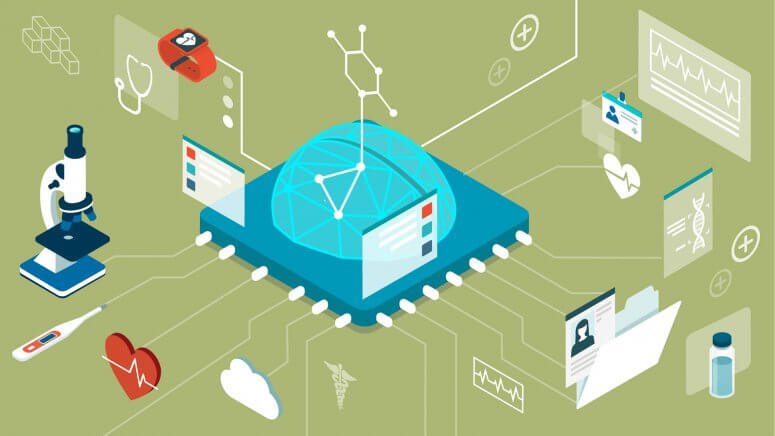
As this year kicks off with two venerable conferences in January – #jpm2021 and #CES2021 – the conversation around artificial intelligence continues to pick up steam in the healthcare arena. Across the industry, data science is leading the acceleration of progress in diagnostics, therapeutics, connected care and health informatics.
As more stakeholders seek to own the conversation, it is critical to discern the meaningful advancements from the hype. The key to doing so in data science, particularly with machine learning in mind, is to find problems worth solving. We can understand the value of solving a problem by considering all actions and repercussions that would come from a solution.
A useful framework to evaluate the value of AI in a healthcare solution is to consider the action that will result from the output. Two critical questions will help distinguish good from poor AI applications:
Without the right problem worthy of a solution, there is little value and relevance for the healthcare community and society at large. A positive example of “healthcare AI for good” is to identify bottlenecks in the drug discovery and development process, and to apply this knowledge to speed up drug target identification and inform the clinical strategy. Another meaningful example is to develop a model that reduces false-positives for diagnostics – a boon to population health.
Healthcare marketers following the adage “if content is king and context is queen” will do well to add, “…then data is the kingdom.” Content and context marketing need to be powered by new information and insights to “find problems worth solving.”
The two pertinent questions in scientific communications would be:
For instance, how can we leverage supervised learning to identify what types of messaging resonates most in a story around a therapeutic area and treatment modality? How can this information inform the creation of a more meaningful dialogue with a specific audience?
Indeed, the potential of AI in healthcare and communications is exciting and vast – when in the right hands. The future of healthcare will be shaped by the accelerating rate of digital transformation driven by big data. In the United States, this will be bolstered by the increased investment in AI by the Biden administration, which expects overall spending on R&D to rise. As communications stewards in this dynamic field, it is our duty to educate on the science that truly matters. And to champion the responsible and ethical use of this vital technology.
Image: thanks to Stanford University.
We thrive on solving the toughest business and brand challenges. We’d love to discuss how we can help you ignite your spark.
hello@currentglobal.com